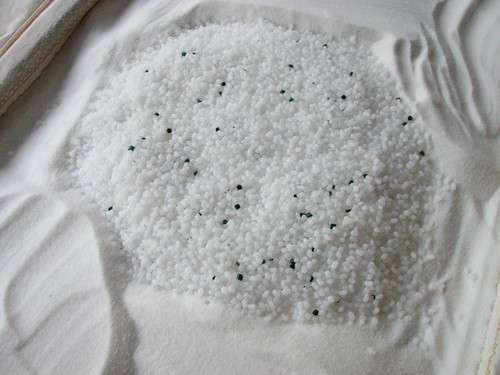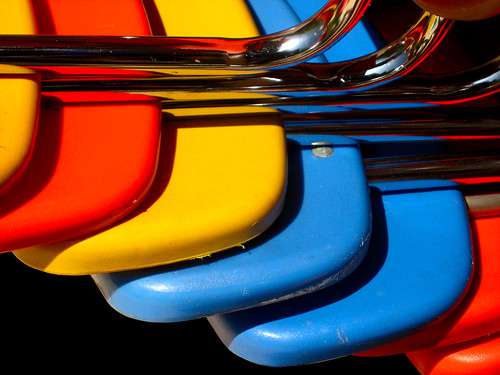
Plastic is ubiquitous in our society, and much goes into the creation of its various colors, hues and vibrancies.
Image Source: Flickr user Polycart
Plastics come in a variety of colors that attract and inspire consumers with their ability to add vibrancy, uniqueness or beauty to base color resins that fall somewhere on a monochromatic scale from clear to various shades of natural to black. The colors of plastics can also signify a favorite brand or corporation logo, thus beckoning a consumer to purchase whatever the plastic holds. But achieving a sea green or a luminous blue requires carefully calibrated techniques that must be repeated by companies on very large scales at multiple, international locations in order to maintain color consistency and thus a company’s desired message.



